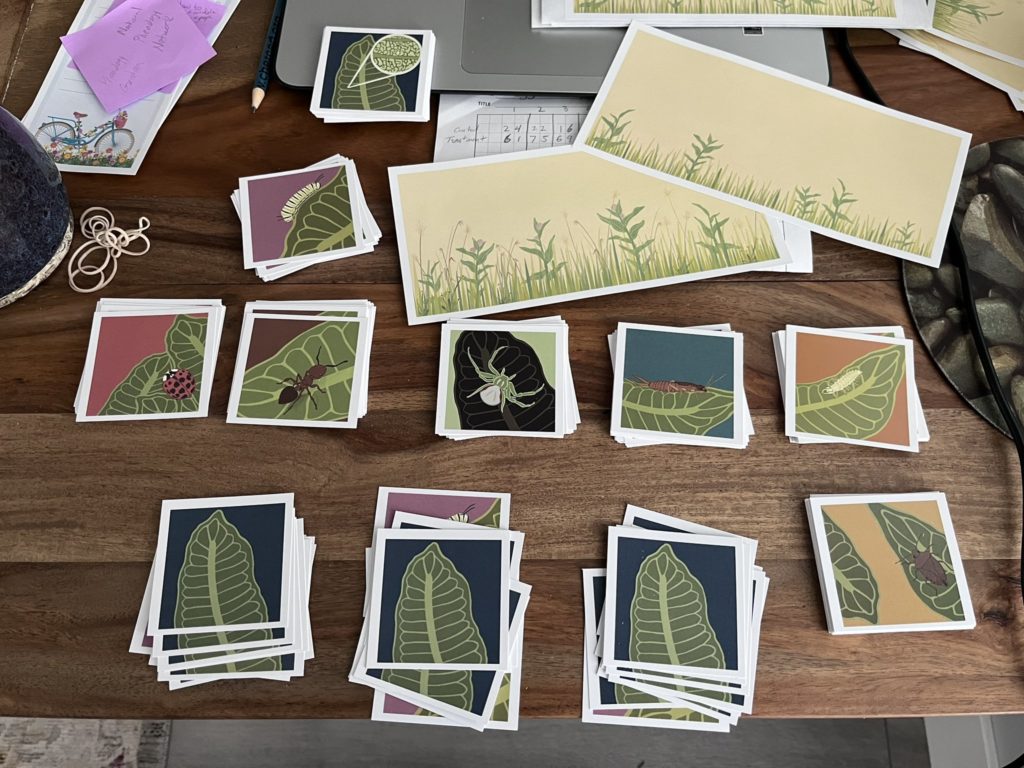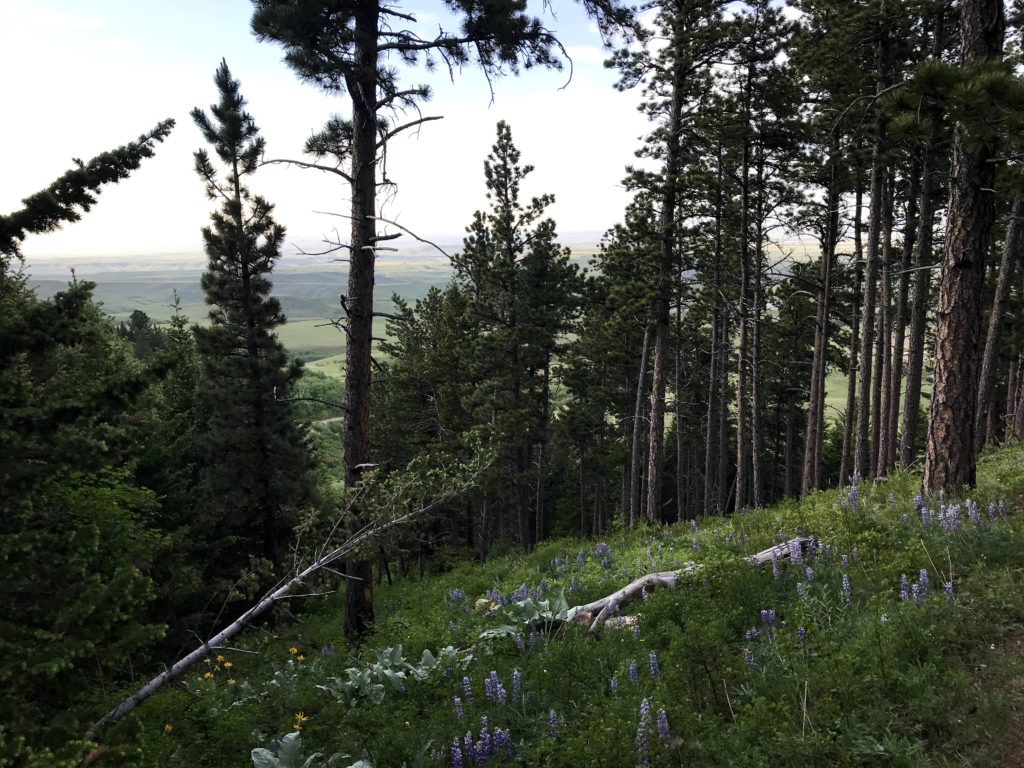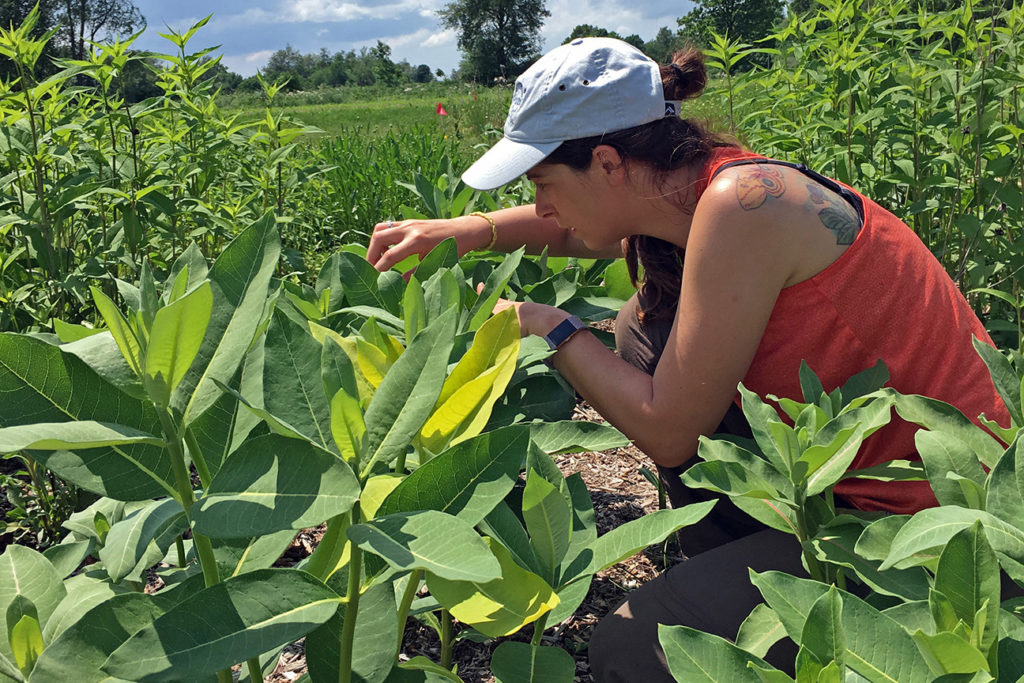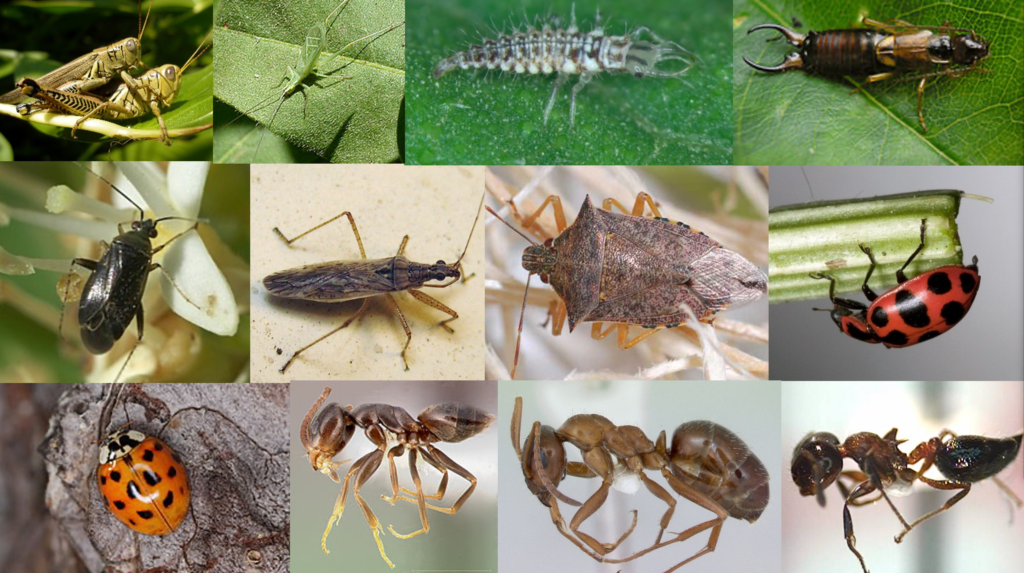Gabe Knowles has developed and piloted several data activities to accompany these Data Nuggets activities. For the first activity, Gabe developed an extension to bring his data into elementary classrooms. Using beautiful art created by Corinn Rutkoski, the following are materials to print and use the activity in your classroom:
- Instructions to build envelopes and use activity in the classroom
- Link to Google Drive folder to download the materials to print
- PowerPoint presentation from MSTA 2023








